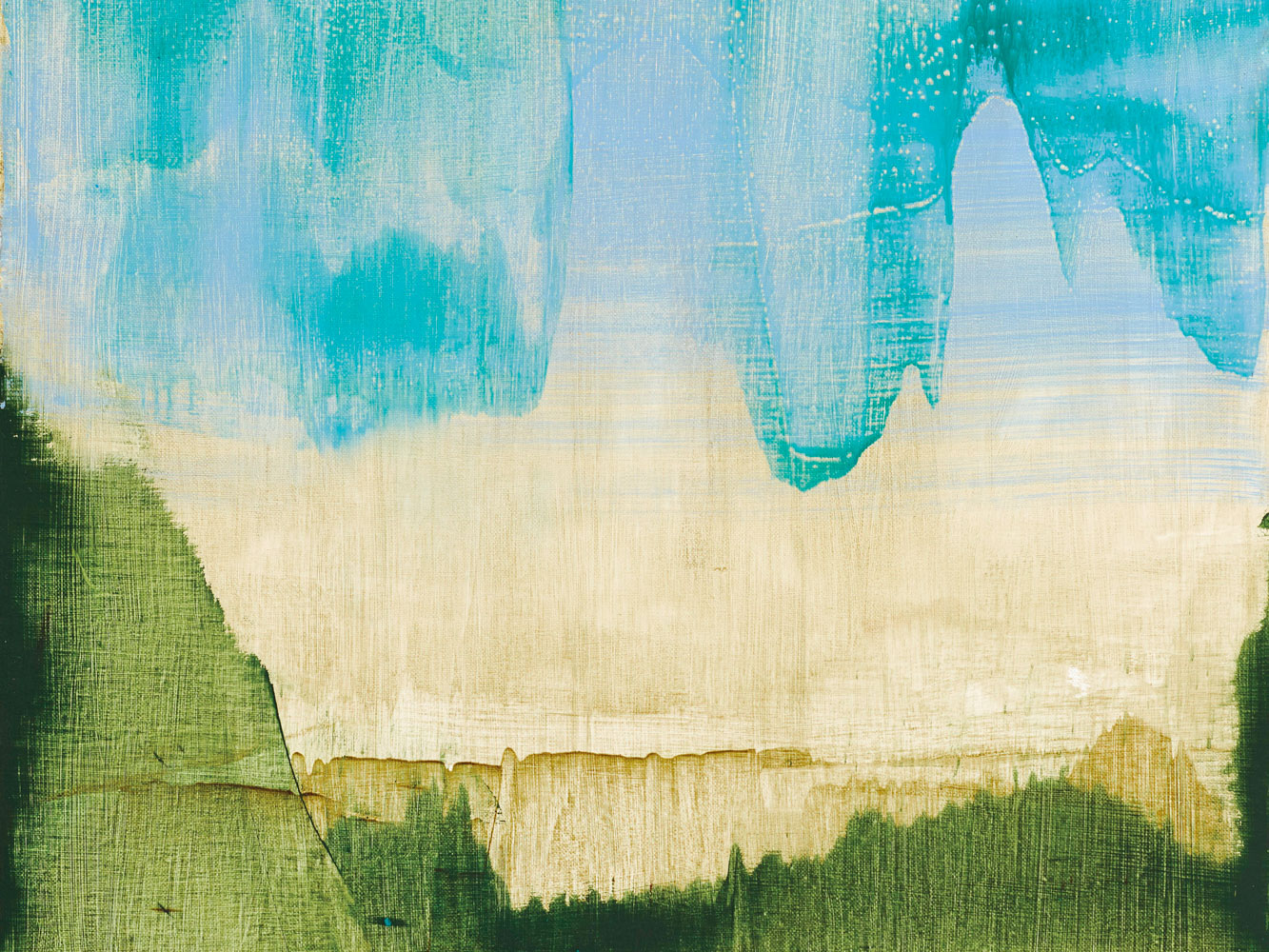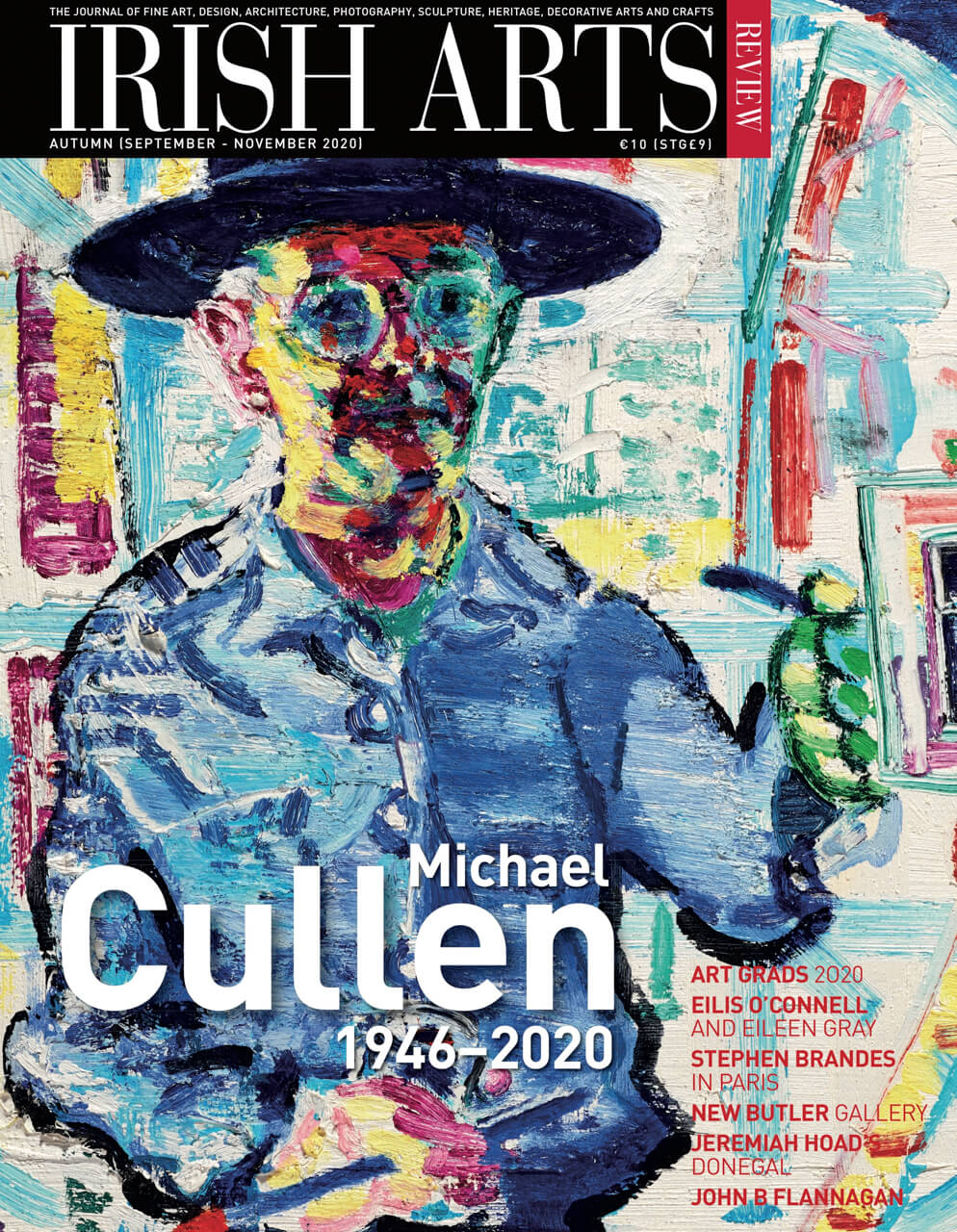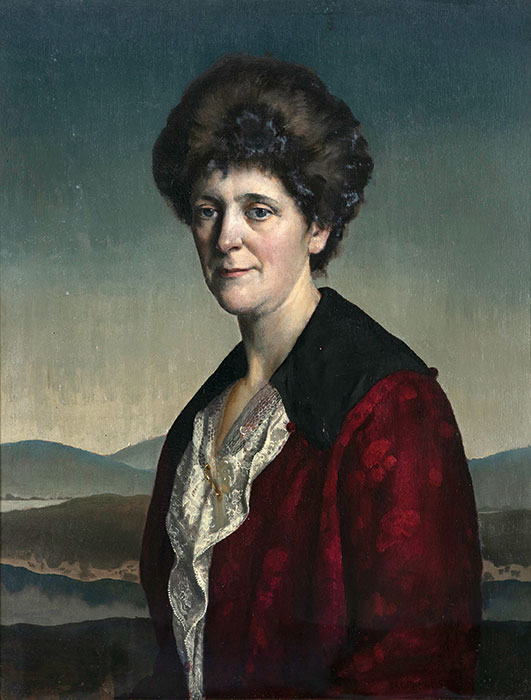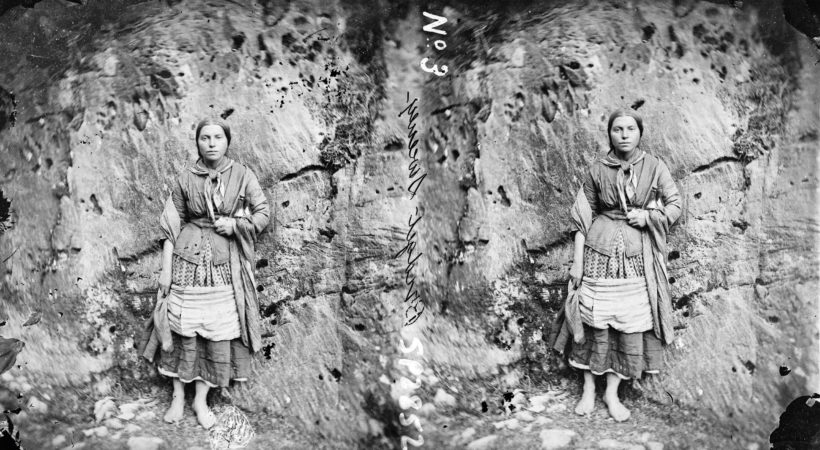Robert Armstrong talks to Brian McAvera about his varied body of work and his pathway from graphic design to landscape painting

Brian McAvera: Robert, take us through the process of the development of one of your recent works.
Robert Armstrong: In recent works, I have given more importance to the paint and the tools of painting. There’s dripping, pouring, scraping, melding, oozing and brushing of the oil paint on to a heavily gessoed linen ground. I use a squeegee to ravage the surface, clearing and altering the physical ground as well as shaping the image itself. The results present ‘paintscape’ images of their own making and they connect to natural and man-made processes in landscape – a metaphor for what is happening to the planet (without being too grandiose about it). A key work from my 2019 paintings is Veil. It connects tradition – the umber ground imprimatura, process and image, hopefully as an autonomous contemporary painting (Fig 1). A residency in Hong Kong last year led me to work with Japanese inks on rice paper and to consider Chinese and Japanese approaches to landscape painting too.




The collection of 19th century stereo negatives of the Gap Girls of Dunloe in Kerry comprise a rare and unique body of work, writes Julian Campbell